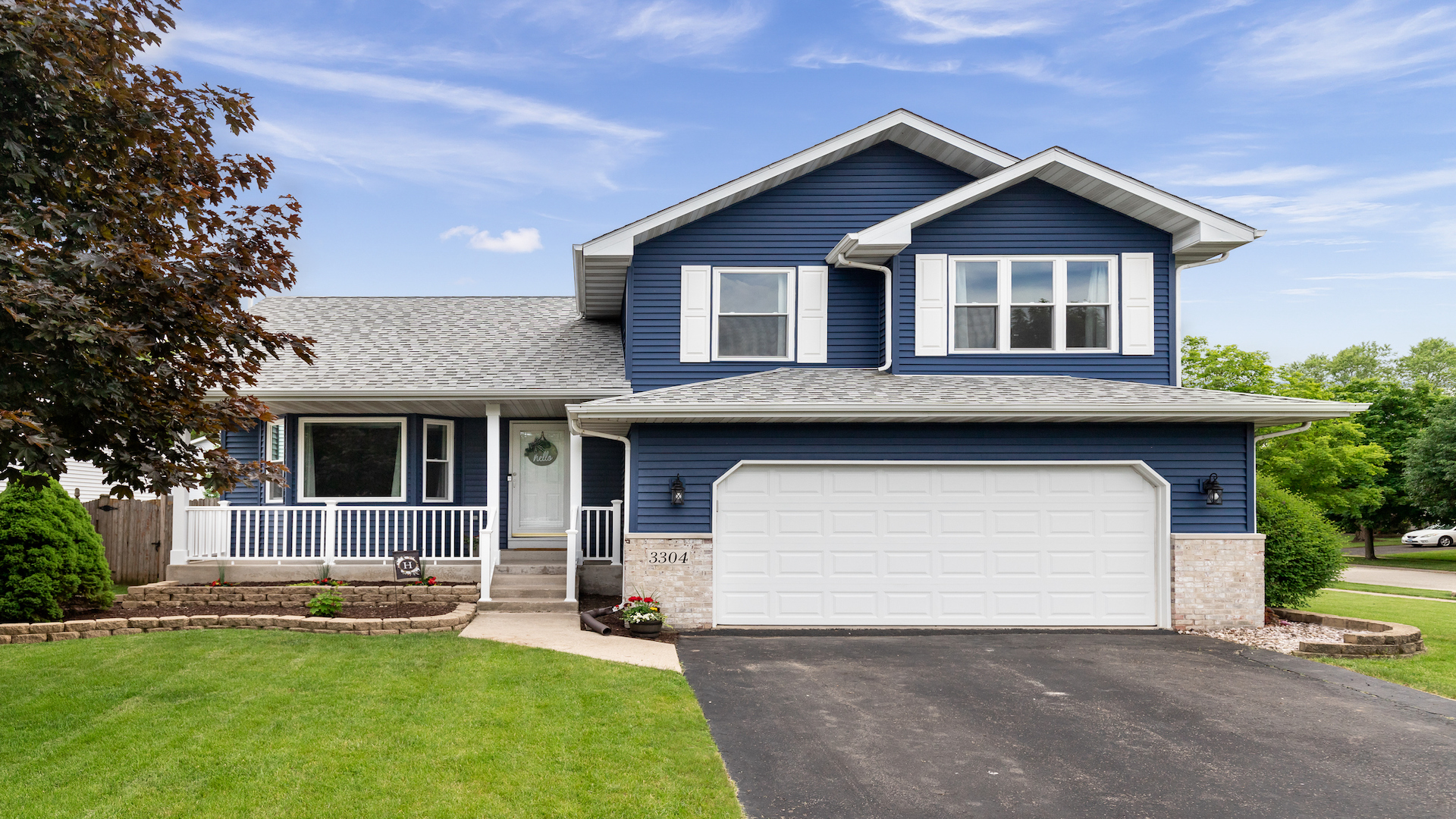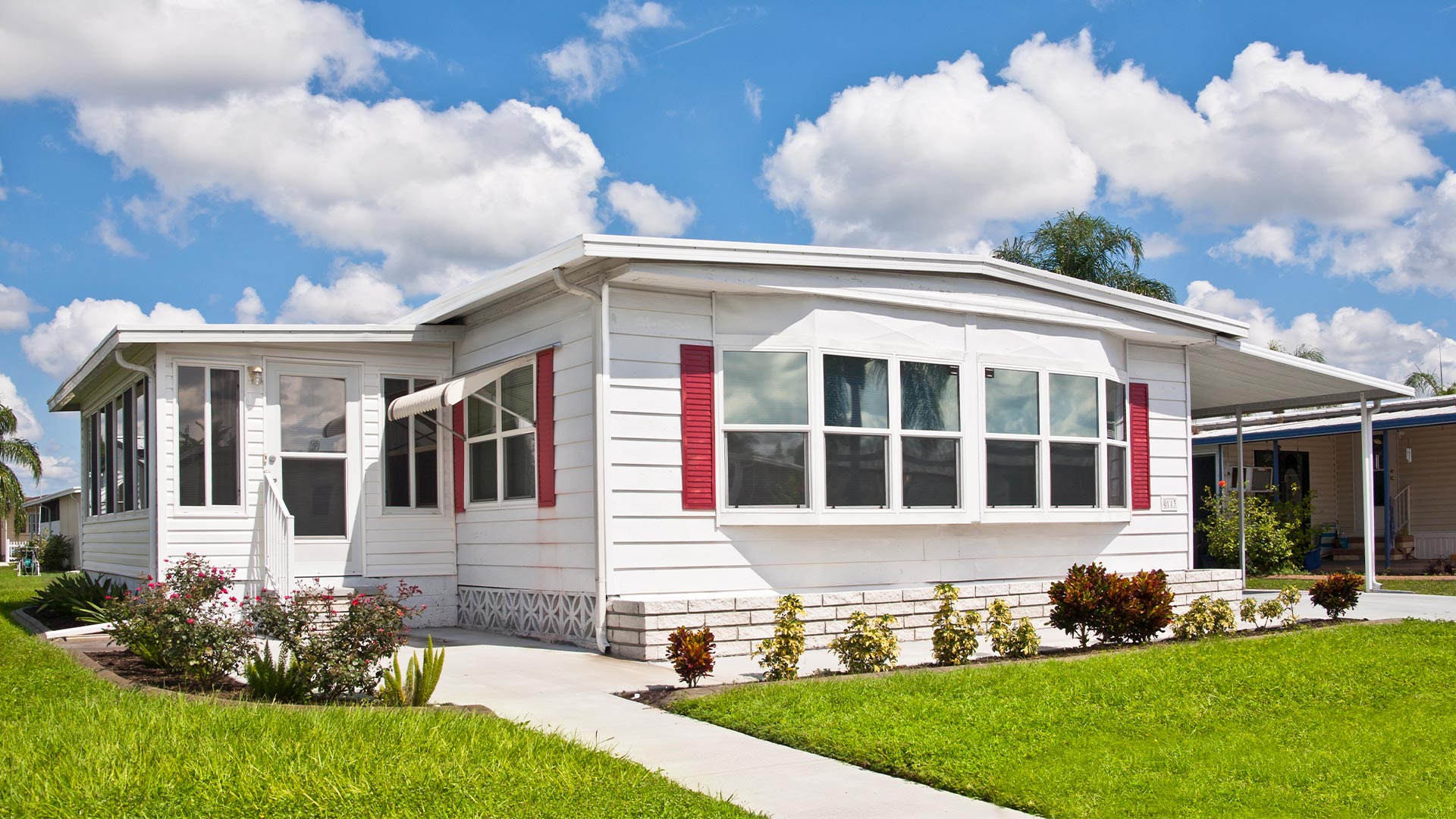
Making an offer isn’t as easy as it used to be
Bidding wars are common in today’s housing market — and they can get heated. So how do you make sure offer is the one the seller can’t refuse?
These seven tips will give you a better chance to beat the competition without overpaying.
The most important tip? Unless you’re making a cash offer, get pre-approved for a mortgage loan as your first step. An offer backed by a pre-approval letter looks much better to sellers than one without.
Get pre-approved to make an offer (Jun 25th, 2021)In this article (Skip to…)
- Get pre-approved
- Don’t max out your budget
- Do your research
- Don’t lowball
- Limit contingencies
- Use your own agent
- Don’t get emotional
- Making an offer: FAQ
7 tips for making your best offer
When you’re shopping for a new home, you may find you have to compete with multiple offers on the same listing. This is especially true in a seller’s market.
While you want your offer to win, the last thing you should do is keep increasing your bids until you can no longer afford the home.
To get the house you want without overpaying, start by following these seven guidelines.
Many of your rivals will skip some of these steps, giving you a competitive edge.
1. Get pre-approved for a mortgage
The home-buying process doesn’t begin by searching real estate listings or even by calling a real estate agent.
Instead, it should start with a mortgage pre-approval from a lender.
A pre-approval accomplishes two important steps:
- Verifies your price range so you know what homes you can afford
- Shows home sellers you’re serious about the home purchase and won’t fall through
Sellers give preference to buyers who are pre-approved. Pre-approval tells them that when it’s time to close, you will have the money.
So before you hit the streets, get a pre-approval letter from one or more lenders — not just a pre-qualification letter.
A pre-approval letter confirms that you’ll be able to borrow amount based on that lender’s evaluation of your credit score, assets, and income.
With pre-qualification, the lender is merely estimating how much you borrow. It’s committing to giving you a loan.
Although pre-approval takes a bit longer and requires an application, it’s a worthwhile investment — especially in a competitive market.
And, when the seller accepts your offer and you sign a purchase agreement, your pre-approval gives you a head start on your mortgage application.
Start your mortgage pre-approval (Jun 25th, 2021)2. Leave some ‘wiggle room’ in your offer amount
Just because a bank is willing to loan you $250,000, doesn’t mean you should offer exactly $250,000 for a house. In fact, doing this may damage your credibility.
Experienced sellers and real estate agents get nervous when buyers bid their full pre-approval amount.
Why is this a bad idea?
- For one thing, maxing out your pre-approval could eliminate your “wiggle room” in future negotiations. The seller knows you’re already spending up to your mortgage lender’s limits
- And, if interest rates rise, you may no longer qualify for that loan amount and will have to back out of the deal
- Rates change all the time — up until you lock in a rate — and that happens you have a purchase agreement
Understand, that just because you afford your full pre-approved loan amount doesn’t mean you borrow that much.
Your lender won’t consider your long (expensive) commute, your pricey hobbies, or your savings goals. You may want to borrow less and breathe easier.
Also, be sure you’re planning ahead for closing costs, which will come due on your home’s closing date. Typical closing costs equal 3% to 5% of the loan amount.
3. Research the market the seller
Your buyer’s agent can do a comparative market analysis to help you find the fair market value of homes you’re considering.
Realtors may call this market data “comps,” and it’s a key piece of the puzzle as you put together your first offer.
But there’s more to market research than finding a fair offer price.
If you or your agent search public records and real estate listings, you may unearth valuable “intel” about the homeowner’s motivations for selling. This could help you structure a winning offer for less money.
Also, check the seller’s social media for clues. You may find you have things or people in common, and that could help when negotiating. Just don’t overstep your bounds when trying to get personal.
For example, you might learn the seller is moving for a new job and needs a quick closing — faster than other buyers are willing to accept.
Or, you might learn the seller hasn’t yet found a new home and may want to delay closing. Armed with this information, you can craft a more tempting offer than your rivals for the same sale price (or less).
4. Make a respectable offer
Submitting a lowball offer that isn’t supported by sales data usually backfires, especially in a sellers’ market.
Buying a house isn’t like haggling at a flea market. So don’t offer $150,000 for a house worth $250,000 and then expect a counteroffer.
All too often, the seller will be insulted by your “opening bid” and won’t bother to return your calls after that.
If in doubt about your offer amount, think about the home sale from the perspective of the seller. As the seller, you could have put a decade or more of work and money into the home, keeping the place updated and structurally sound.
The seller may also have memories that linger in the empty rooms: A blemish on the baseboard or a faint stain on the carpet may spark a story in the seller’s mind.
You can’t assign a dollar value to this kind of emotional attachment, and it shouldn’t add a penny to the home purchase price. Still, making a lowball offer disregards this human aspect of the transaction, and it can short-circuit negotiations.
This doesn’t mean you can’t offer below the seller’s asking price; it just means you’ll have more success with a serious offer letter backed up by market data.
5. Go easy on the contingencies
Most home purchase offers include a few standard “contingencies” — things that need to happen before the deal can close.
For example, it’s wise to make your offer contingent on a home inspection and your ability to get financing within a specified time.
The transaction should also include an appraisal contingency: If the home’s appraisal doesn’t justify the loan amount, the lender can’t move forward with your loan.
As a rule, however, contingencies are obstacles to successful closings. So keep them to a minimum.
In red-hot housing markets, skip contingencies for non-essential repairs and credits. It doesn’t hurt to ask, but be prepared to waive those contingencies to seal the deal.
Whatever you do, though, don’t waive the home inspection contingency. If you do, and later discover a major defect, you could lose your earnest money deposit if you back out of the deal.
6. Use your own real estate agent — not the seller’s
When you find the right house, move fast. Delays can be deal killers. At the same time, don’t hire the seller’s agent (aka, “listing agent”) to expedite the process.
Before you start house hunting, hire a buyer’s agent to represent your interests and help you negotiate.
The seller’s agent has a duty to promote the seller’s interests. That means getting the highest price and best terms for the seller, not you.
Using the seller’s agent creates a “dual agency” situation, which leaves your interests unprotected — except by you. And in that case, why bother hiring an agent?
After all, the agents’ commissions will likely be built into the sale price you’re paying. When you don’t have a buyer’s agent, the entire commission goes to the seller’s agent. That’s a lot of money to pay someone else’s agent.
7. Keep your emotions in the background
Sometimes, buyers are so blinded by certain features — polished hardwood floors or swimming pools — that they overlook obvious defects.
This happens to experienced as well as first-time homebuyers.
It’s another reason to hire an agent. You need a third-party advisor at your side in case you fall in love with a home and try to bust your budget.
No matter how much you love a house, and how good your purchase offer, you won’t always win. Rather than overpaying, be prepared to walk away.
There will be more homes for sale that meet your needs and wants. It’s possible that your true “dream home” is still out there.
Verify your home buying eligibility (Jun 25th, 2021)Making a home purchase offer: FAQ
You can put an offer on a house by contacting the home’s listing agent. If you’re working with your own agent, the agent should submit the offer for you. With homes for sale by owner, you or your real estate agent could contact the homeowner directly.
It won’t cost anything to make an offer on a house. But if your offer is accepted, you’ll need to part with some cash — namely an earnest money deposit. Your earnest money shows you plan to follow through on the purchase agreement. This amount could range from about 1% to 3% of the purchase price, and it should go into an escrow account to later be applied to your down payment.
If the purchase agreement falls apart for a reason that’s listed as a contingency in your contract, you can get the money back. If you back out of the contract for some other reason, you risk losing the earnest money deposit.
You can offer any amount you want on a home. In a buyer’s market — when fewer homes are selling — you may get a counteroffer to any serious offer you make. But sellers can also ignore offers they deem too low. Your Realtor should run a comparative market analysis to help you understand a home’s market value compared to its list price. This will help you decide how much to offer. Your offer, regardless of its size, should be backed up by data.
In today’s competitive market, many buyers are offering — and paying — amounts significantly higher than the home’s asking price. But be sure you don’t outbid your budget. If the home appraisal comes in lower than your agreed-upon purchase price, your mortgage could be in jeopardy. You may need to come up with more cash to fill in the gap between the loan size and the sale price.
There’s no reliable formula here. Typically, a low-ball offer is at least 15% to 20% lower than the asking price: offering $240,000 on a home valued at $300,000, for example. But sometimes a seller may be asking too much. If you can back up your offer with market data, you’re making a serious offer.
Your minimum down payment size depends on a lot of variables, including your mortgage type and credit score. Homebuyers who get VA loans or USDA loans can usually buy a home with no money down. An FHA loan requires at least 3.5% down, assuming your credit score is at least 580. Conventional loans need at least 3% down, but you’d need a stronger credit profile to qualify.
Make an offer on a house the right way
Don’t let a preventable mistake keep you from buying your dream house.
Research the market, know your budget, and make sure you have all the information you need to make a winning offer.
Most importantly, get pre-approved for financing. Your offer will look a lot better to the seller with proof in-hand that you can afford the home. You can start the mortgage pre-approval process right here.
Verify your new rate (Jun 25th, 2021)



